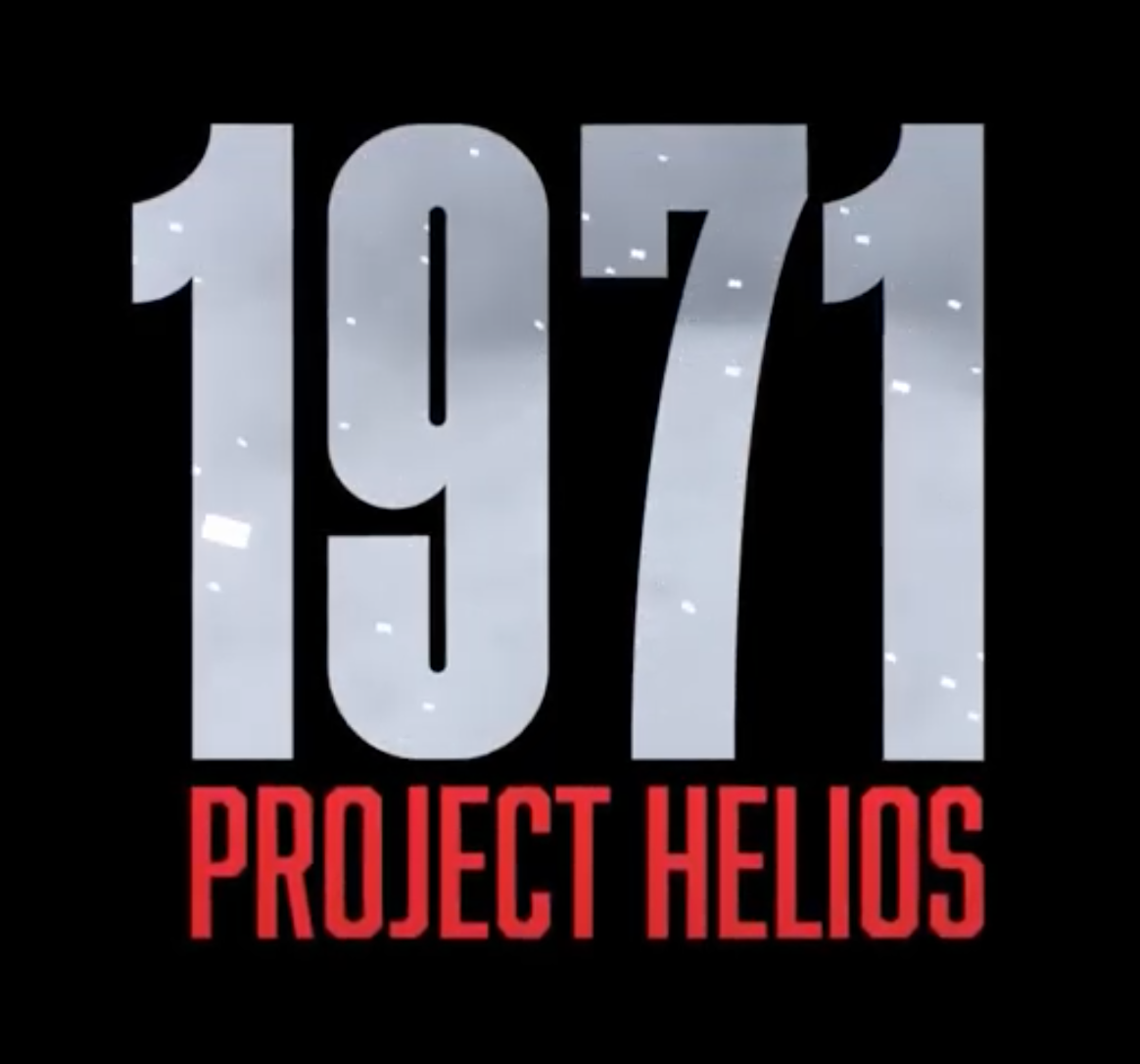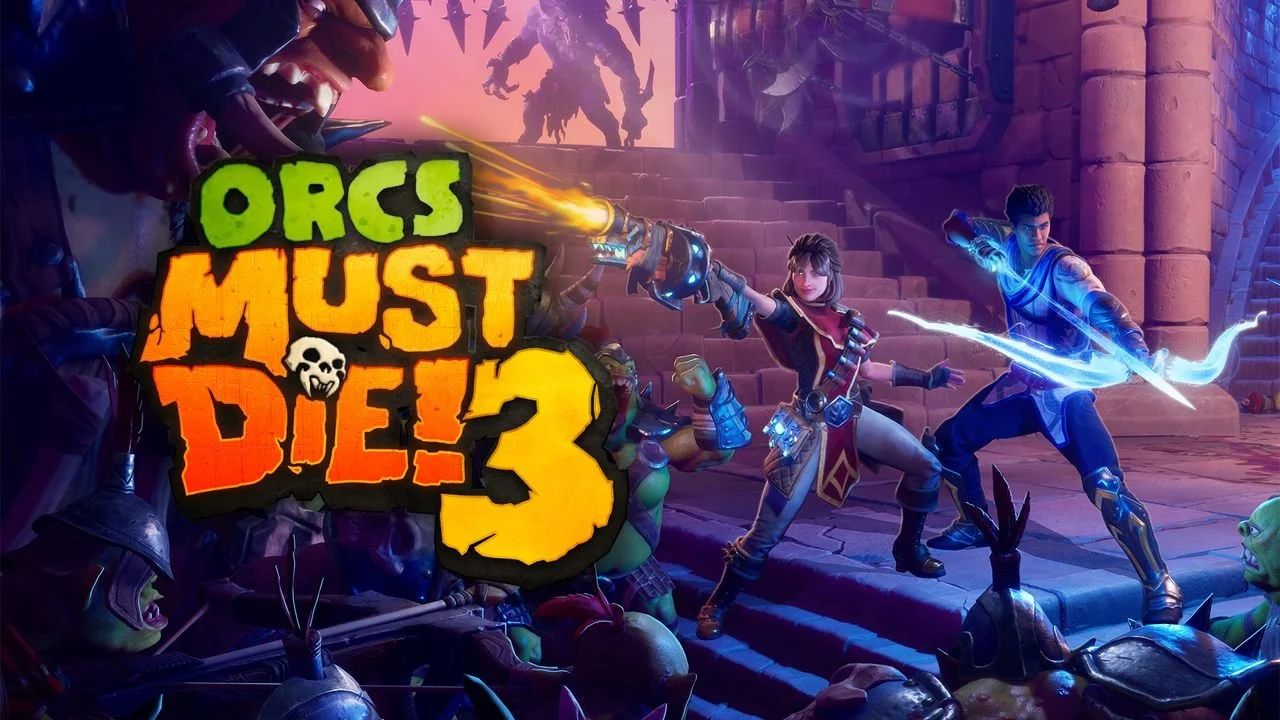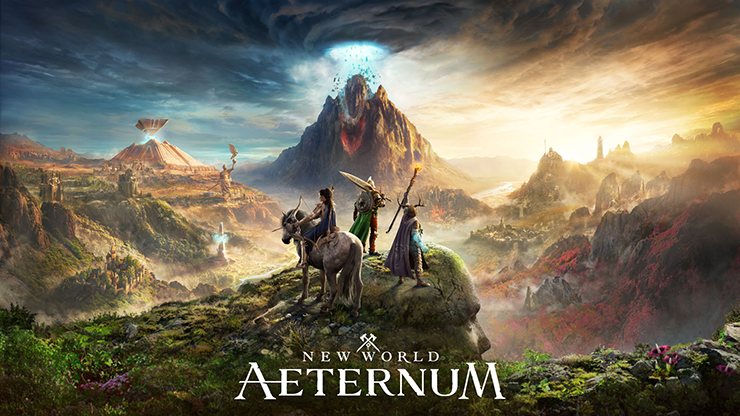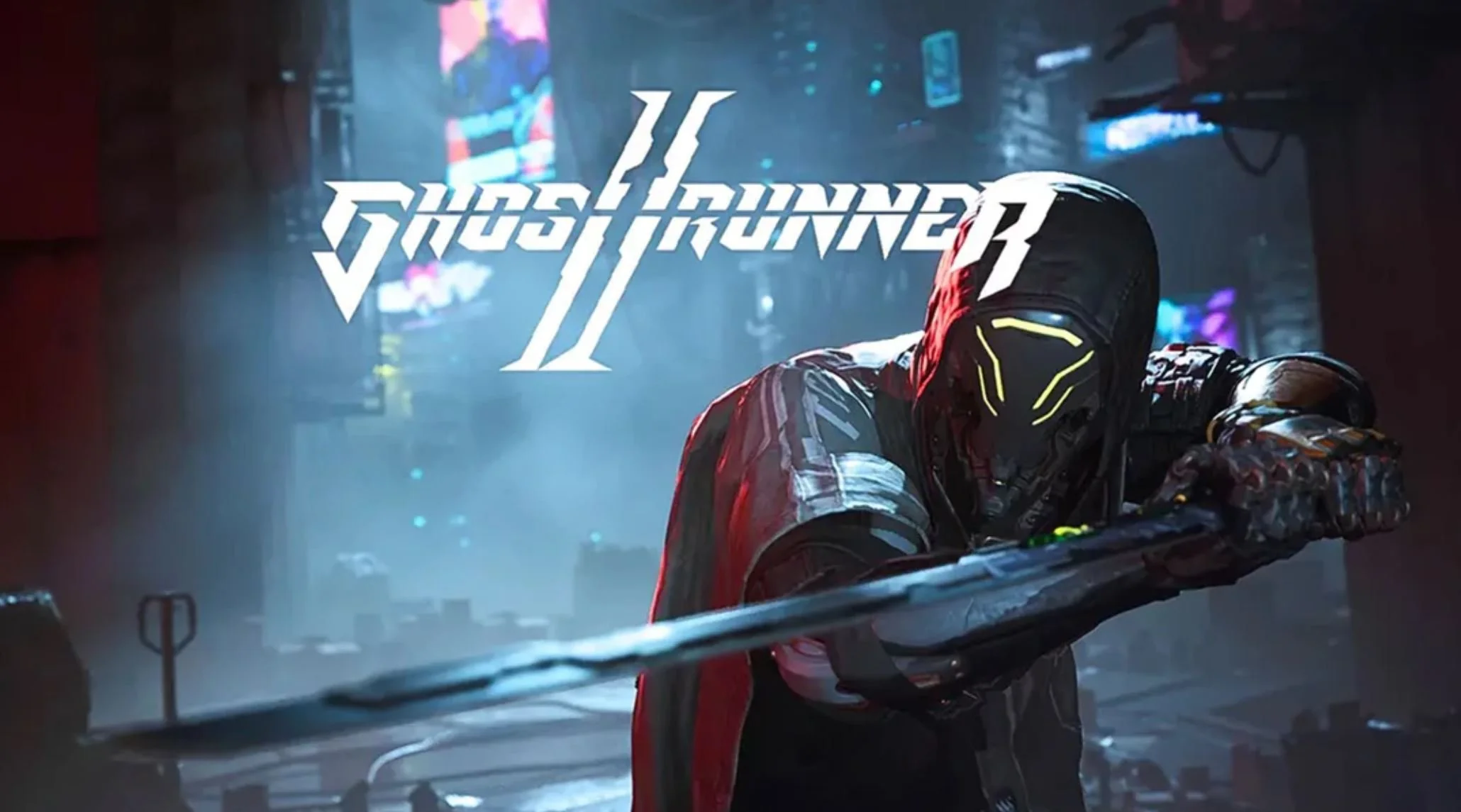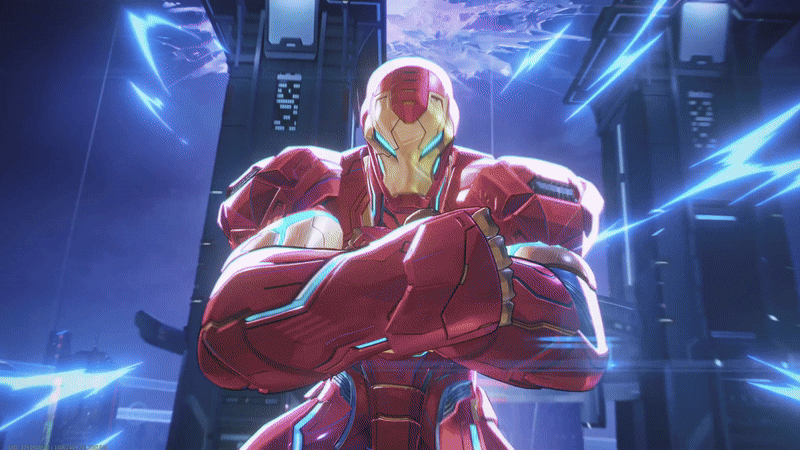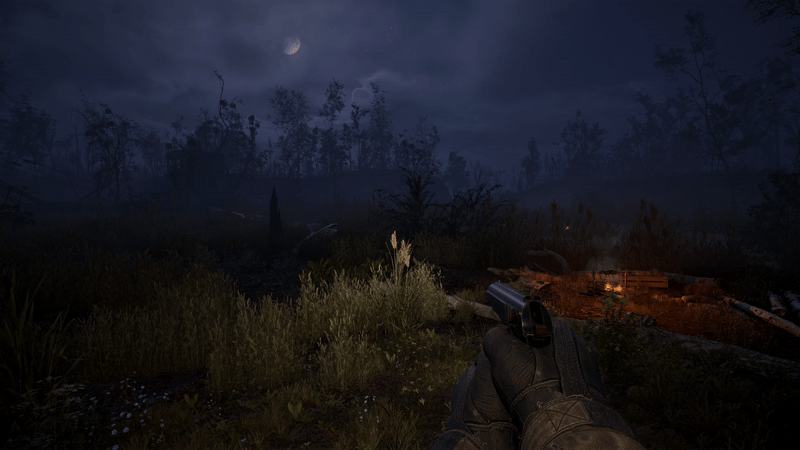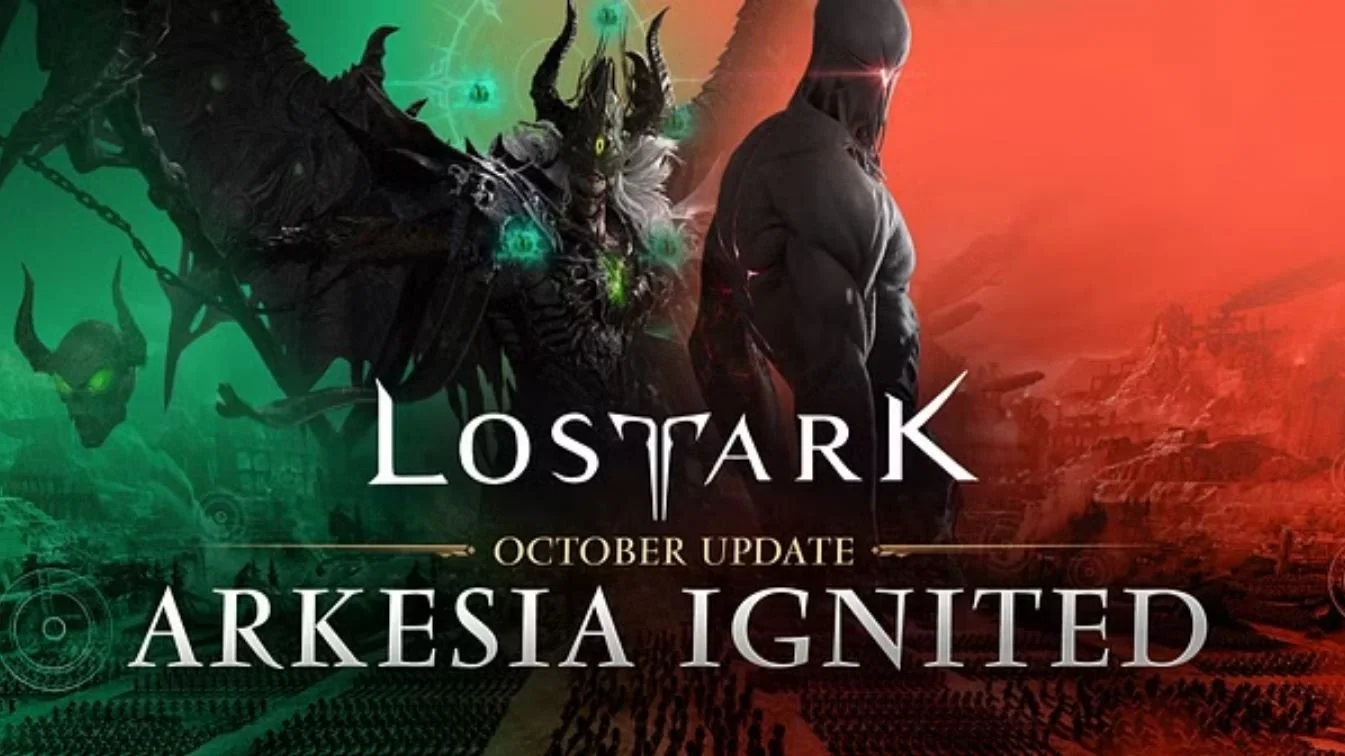1971 Project Helios is a turn-based strategy game from developer and publisher Recotechnology S.L. in which eight survivors struggle to outlast dangerous threats from the environment and from the remnants of humanity.
It’s a cold world where everyone fights for the few resources that remain. And every combat encounter could be the last. Mixing close-quarters combat with military strategy, players will have to overcome a lot of obstacles in order to survive. It’s freezing cold out there. But the hearts of your enemies are colder!
The game is out now for PC, Nintendo Switch, PlayStation 4, and Xbox One. So let’s see if it’s worth your time and how it stacks up against other turn-based strategy games.
STORY
Eight humans are drawn together in a tangled plot of survival and mystery. Dr. Margaret Blythe, an important scientist, has been kidnapped. It’s up to this ragtag group of survivors to find her, but their path is blocked by raiders, military units, religious zealots, and more. With so many forces working against them, these characters will have to ally with each other and fight alongside each other. Based on your actions, you will unlock one of three endings for the game.
I was not immersed in the narrative of 1971 Project Helios, though. There are several issues that I will explore when discussing the gameplay, but one major design flaw I discovered while playing was the inability to skip cutscenes. So when one or more characters died during a fight and the sequence reloaded, the entire scene was replayed, with all of the dialogue and all of the pauses. This means if a player encounters a particularly difficult combat scenario, the same scene might play out half a dozen or more times.
It’s not just tiring. It depletes interest in the story by causing players to retread the same steps.
GAMEPLAY
If that was the only issue, then players could rely on the gameplay of 1971 Project Helios and still have a good time. Unfortunately, there are other problems that persist.
The fights themselves are rather boring. Basic movements and attacks didn’t take advantage of the post-apocalyptic setting. The user interface lacks basic features that I would associate with thoughtful and well-crafted turn-based systems.
As I mentioned earlier, you can’t skip cutscenes. You also can’t undo actions in a fight, so if you accidentally select a high-value attack and later realize you’d rather move the character first, you can’t change your mistake or optimize your turn. Instead, you have to hope your plan of attack works out. If it doesn’t, the combat starts anew once a character dies.
But not immediately. Because when a character dies, the enemy turn must fully finish before the combat ends in failure. One time, I had a character killed early on my turn when two enemies shot back as reactions. I then had to finish my entire turn and wait for all four of the remaining enemies to go, knowing the whole time that the fight was pointless because a survivor had died.
I also experienced a glitch several times where a character was standing in one spot and would fire from there and receive damage from there. But if you tried to move the character, the movement tracker indicated that they were elsewhere and would force movement from that spot.
Other than that, I also noticed some strange design elements that further disengaged me from the gameplay and prevented me from really losing myself in the game. Double-barrel shotguns that ejected six or more shells every time they were shot. Dead enemies that continually shook their head in some weird death animation glitch over the course of a fight. Other design oddities that struck me as strange. And occasional grammatical mistakes in the subtitles that distracted me from the dialogue.
All in all, 1971 Project Helios seemed plagued with multiple issues that detracted from the experience. And the lack of accessibility with the user interface and the turn-based system made me not want to continue playing.
It’s not that it’s a terrible game. It’s that it’s forgettable in a genre that has some truly exceptional titles. I wouldn’t want to play this when I have games like XCOM, Gears Tactics, and even Mario + Rabbids Kingdom Battle.
VISUALS
Games that involve post-apocalyptic frozen wastelands are in danger of looking washed out. 1971 Project Helios fell prey to that reality, and it did not impress. While the whites and greys made the darker colors contrast better, the lines aren’t sharp and the details aren’t focused, so everything starts to blend together after a while.
Enemies were difficult to tell apart. The shacks and dilapidated buildings, vehicles and ammo depots, and all other environmental elements were vaguely discernible in a world that failed to enthuse and inspire awe or fear.
Character and environmental design could definitely use some improvements.
REPLAYABILITY
With the lack of features like undoing actions, skipping cutscenes, and other small tweaks, I don’t think it would be worth the effort to return to 1971 Project Helios. The first pass was laborious, and there aren’t enough innovative gameplay mechanics or memorable narrative elements to persuade players back.
Other games in the genre do it better and they deserve your time more.
WHAT IT COULD HAVE DONE BETTER
Recotechnology S.L. has a good start, but there is still a lot to learn and a lot to improve in order for players to want this experience over others. More intuitive controls, a more memorable combat system, and a more thoughtful marriage between gameplay and story are all necessary to bring this to the next level.
VERDICT
1971 Project Helios has an interesting premise, but shallow characters, a lackluster story, and disappointing gameplay all contribute to a game that misses the mark. I’m not sure it’s worth the price, and I’m not sure it’s worth your time.




